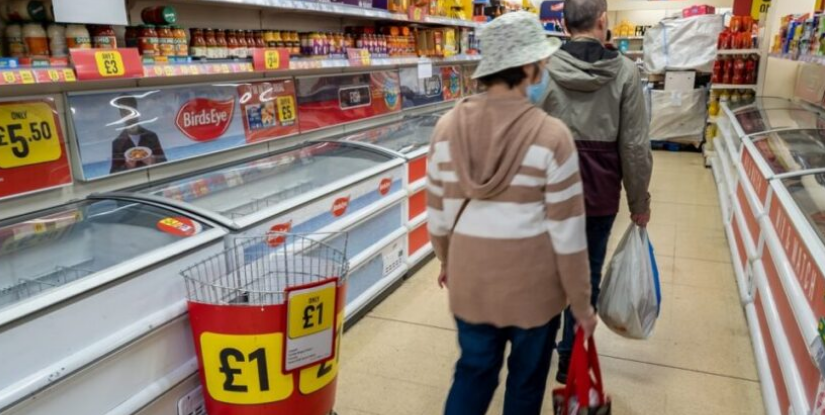UK inflation accelerated sharply in April, rising to 3.5% and hitting its highest level in more than a year, according to new figures released by the Office for National Statistics (ONS). The jump — up from 2.6% in March — has reignited concerns about the lingering impact of cost-of-living pressures and prompted fresh scrutiny of the Bank of England’s monetary policy outlook.
The higher-than-expected rise was driven by a series of price hikes in essential household bills. Energy, water, council tax, broadband, and TV licence fees all rose, with analysts dubbing the month “awful April” for consumers.
The annual energy price cap was raised by Ofgem by 6.4% to £1,849, while water and sewerage charges soared by a record 26.1%, the largest increase since comparable records began in 1988. Council tax increases and above-inflation hikes in communications bills further contributed to the inflationary surge.
Grant Fitzner, acting director general at the ONS, said: “Significant increases in household bills caused inflation to climb steeply. Gas and electricity prices rose this month compared with sharp falls at the same time last year due to changes to the Ofgem price cap.”
Core inflation, which excludes food and energy, also rose from 3.4% to 3.8%. Meanwhile, services inflation — a key metric for the Bank of England — jumped to 5.7%, surpassing the Bank’s 5% forecast.
Analysts also pointed to fiscal policy impacts, including a £25 billion rise in employer national insurance contributions and a 6.7% increase in the minimum wage, both of which took effect in April. These measures may be prompting businesses to pass higher costs onto consumers.
Paul Dales, chief UK economist at Capital Economics, said the data suggests inflation is proving more persistent than anticipated. “The persistence of inflation may be stronger than previously thought,” he said.
Chancellor Rachel Reeves acknowledged the challenge, noting that while inflation has come down significantly from the 11.1% peak in 2022, households are still under pressure. “I’m determined that we go further and faster to put more money in people’s pockets,” she said.
The Bank of England had forecast a temporary rise in inflation and expects it to hover around 3.5% during the summer. Despite this, markets are still pricing in two additional interest rate cuts this year, following reductions in February and May that brought the base rate down to 4.25%.
Financial markets reacted quickly to the data. The pound rose by 0.5% against the dollar, reaching a three-year high of $1.35, while yields on two-year government bonds climbed to 4.1%.
With cost pressures mounting and monetary policy at a crossroads, the Bank of England faces a delicate balancing act in the months ahead.

